Talking Points:
- Trading psychology is a necessity to long-term trading success
- Traders first have to learn to lose properly before they can win long-term
- Keeping a positive outlook allows traders to stay on their strategy even during losing streaks
Over the past few articles, we’ve investigated the concept of Trading Psychology; because this can have a huge impact on a trader’s bottom line.
After you’ve developed a strategy, and learned the basics of the market – you have many of the tools that are needed to be successful. And when that success doesn’t come, numerous questions can swirl around inside of a trader’s head.
‘Am I trading the right strategy?’ ‘Do I really know what I’m doing?’ ‘If all these pros make it seem so easy, why does it seem so difficult?’
If you’ve thought of any of the above questions – do not worry; you’re not alone. I’ve thought them just like any other trader has thought them. The difference between a professional and an amateur is that the professional knows how to properly answer those questions and the amateur does not.
What follows are suggestions to get to where you want to be.
The biggest psychological obstacle for traders is proper perception of losses (and the concept of losing). When traders first come to markets, they often feel that they have to ‘beat’ the market.
This is a bad idea. If you try to beat the market, it often comes back to beat you.
Most great traders are great risk managers first and foremost. Because if you’re losing more than you’re winning (even if you’re winning more often than your losing), well – then you are NOT a profitable trader.
In the article How to Lose Properly, we looked at a way in which traders can conceptualize the inevitable prospect of losing: Because you are going to lose as a trader; the big question is whether or not you are letting those losses more than offset your gains.
This is so incredibly huge because this is The Number One Mistake Forex Traders Make; taking such large losses when they are wrong and such small gains when they are right. This means that they can be winning 2 out of every 3 trades – AND STILL LOSE MONEY!
In the article, we stressed the importance of always trading with a stop; and the further importance of properly establishing your risk at the outset of a trade. This way, if the trade moves against you, you can stand confident on your original analysis. Lastly, we closed the article by suggesting the use of break-even stops in an effort to prevent those psychologically draining situations of watching a winner turn around, and come back as a loser.
The Break-Even Stop can provide comfort as initial risk is not exposed
Learning to lose properly is a necessity for traders to find long-term success; because until you learn how to cap your losses, you always run the risk of having just one trade blow up the gains from many others.
But, even after you learn to lose, it doesn’t necessarily mean that you’ll enjoy or like it any more… Losing still stinks no matter how good you are, or how much money you can make. Because of that, it’s extremely important to be able to bring a positive mindset to the market every single day, and we looked at how to do that in the article, How to Adopt a Positive Trading Mentality.
Bring a positive mindset to the charts every day…
Since you will inevitably be taking losses in this sport of trading, it’s important to disallow those losses from ruining our outlooks or frames of mind.
What will often happen is that a trader might take a couple of stops only to get discouraged. And after they’re discouraged, they get sloppier on their analysis, or they question their own approach. The results of which can be DISASTEROUS.
Learning to be a profitable trader can be difficult enough; but once you start assigning blame for not being able to predict the future, you’ve begun to beat yourself up for something you had no control over in the first place.
In the article, we offer a way that traders can look at trading in a very similar field; entrepreneurship. We specifically used the example of a small business owner of a retail clothing store. If our small business owner wants to sell clothes, they first have to buy them – right? So, our entrepreneur needs to acquire inventory before they can ever enact a sale.
And of the acquired inventory, likely, some will sell, and some won’t. But, if the business owner is able to sell enough to offset the cost of the inventory that doesn’t sell – then they have found profit.
This isn’t too dissimilar to a trader…
We take positions in the hope of watching them become profitable; much like the clothier in our example buying inventory. Some of our trades, like some of our business owner’s inventory, will work out well, while others won’t.
The key to keeping a positive mindset in trading is to look at losses in the same way that the business owner looks at unsold inventory; simply as a cost of doing business.
Because once you’ve learned to lose properly, and then after you’ve learned to keep those losses in scope of the bigger picture – you’ve addressed biggest aspects of trading psychology. Now, we have the other end of the coin: What happens when you have TOO MUCH confidence, and we addressed this in the article Fear and Greed, The Trader’s Struggle.
Strike the delicate balance between fear and greed
These two drives can have a large bearing in the way we live our lives; and not just in trading but in other areas as well. In trading, both fear and greed can be massively detrimental, as they can cloud our judgment and promulgate bad decisions.
Most human beings will be greedy when they have a losing position; willing to hold on if only price can come back to their entry level. And when in a winning position, most human beings will begin to be fearful (what if the position comes back against me! Nobody ever went broke taking profits, right?).
This is the type of logic that leads to The Number One Mistake that Forex Traders Make… We suggested that traders should look to reverse those drives, and to be greedy when they’ve been proven right and when their trades have worked out. If fearful, you can use the breakeven stop to help alleviate the concern that your initial risk is still exposed.
And when in a losing position, when most human beings are willing to sit in the trade in the hope that it comes back; well this is when you want to be fearful. Your analysis has been proven incorrect, and you’re upside down in the trade – why in the world would you want to hang on any longer?
Take the advice of many professional traders, Warren Buffett included…
Once you’ve mastered these three topics, you have a very strong leg up on the rest of the market. The final thing for traders to focus on is a problem that many might not even know about yet… And that is the danger of over-confidence, and the risk of falling into The Confidence Trap.
Don’t let confidence get the best of you
After putting together a string of successes, its natural human nature to build up confidence around your dealings; and this can be a really good thing.
As an example, confidence can help you offset fear, as we discussed above… Confidence can also help you keep a positive mindset every day, which is also very important.
But once a trader has gone into the territory of being ‘over-confident,’ they introduce some very large risks into their approach, key of which is the willingness to bend your own rules simply because you ‘feel’ that you will be successful.
In the article The Confidence Trap, we cover this concept in depth. We share that traders should look to strike that delicate balance between being scared or fearful, and over-confident. We did this with ‘The Confidence Continuum.’
The Confidence Continuum
Where to go from here?
After a trader has mastered the psychological aspect (which could take many, many years), it’s time to start looking at ways of improving our product knowledge about the assets that are being traded.
In the FX Market, it’s extremely important to understand how important currency values are to economies. In The Nucleus of the Forex Market, We included a fantastic example of how the nation of Japan was ravaged by a strong yen, and how hope was brought back into the equation with ‘Abenomics.’
--- Written by James Stanley
More...


 12Likes
12Likes LinkBack URL
LinkBack URL About LinkBacks
About LinkBacks

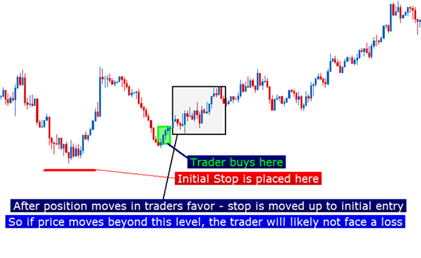





 Reply With Quote
Reply With Quote


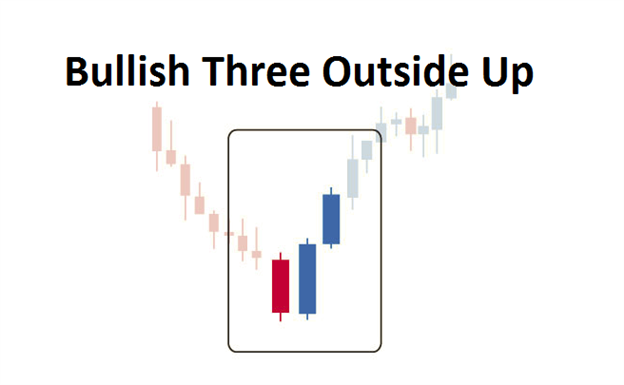
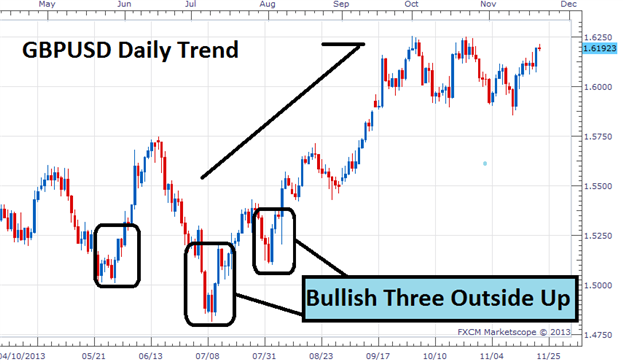
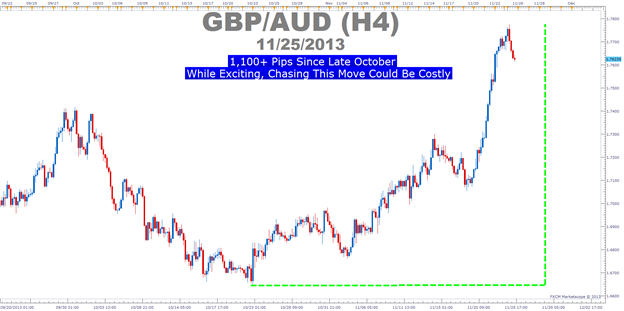
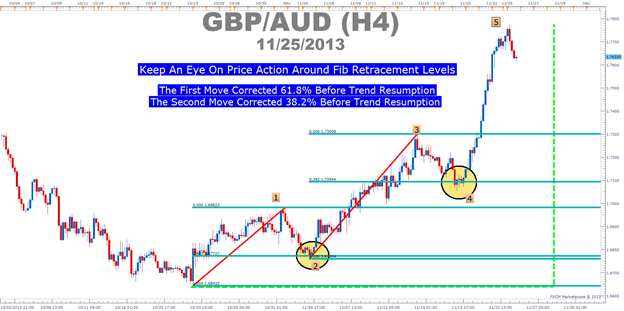
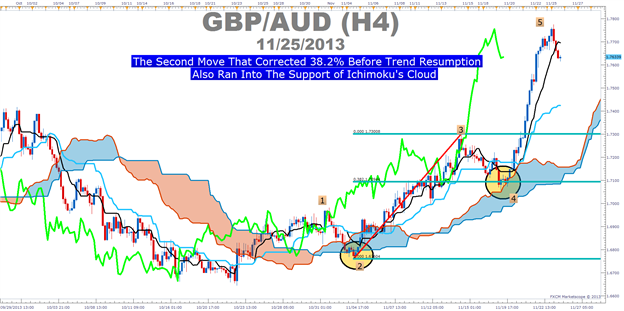
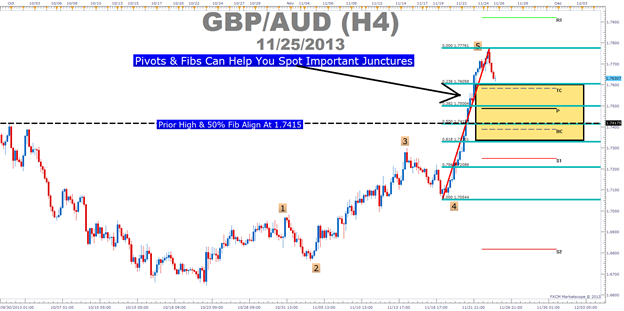
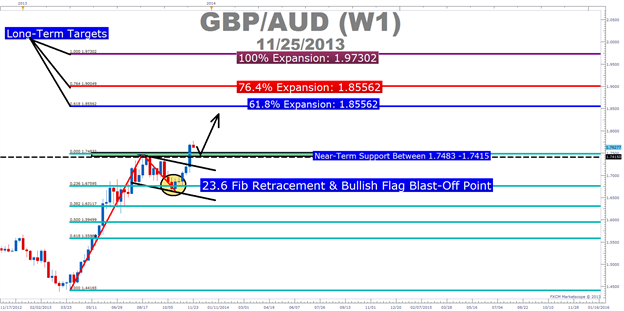

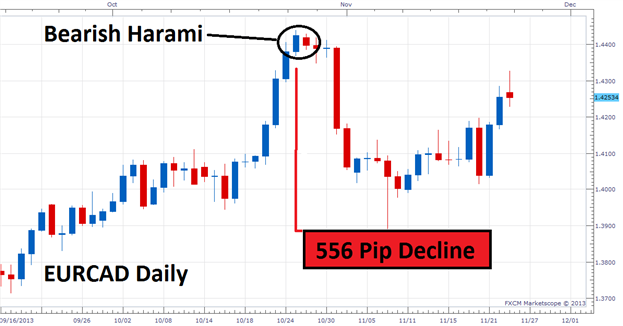


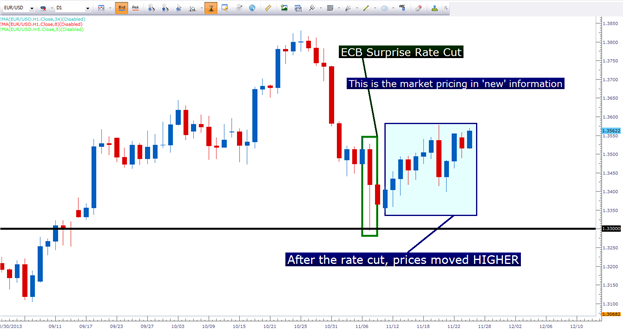
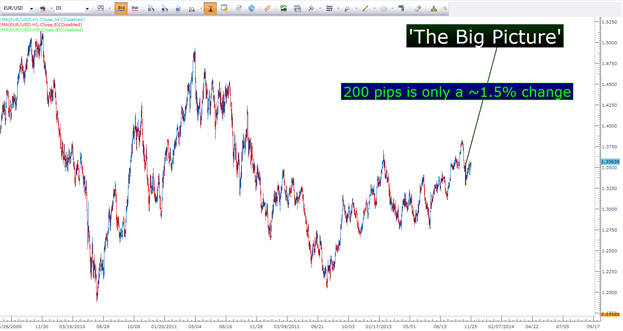
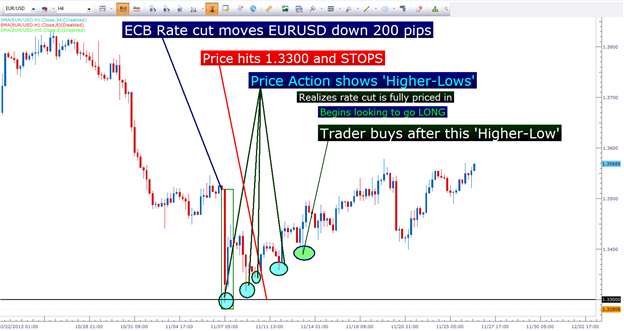
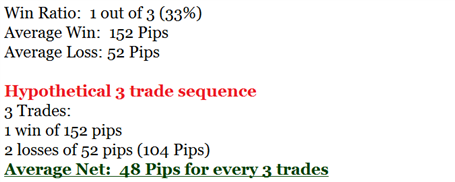


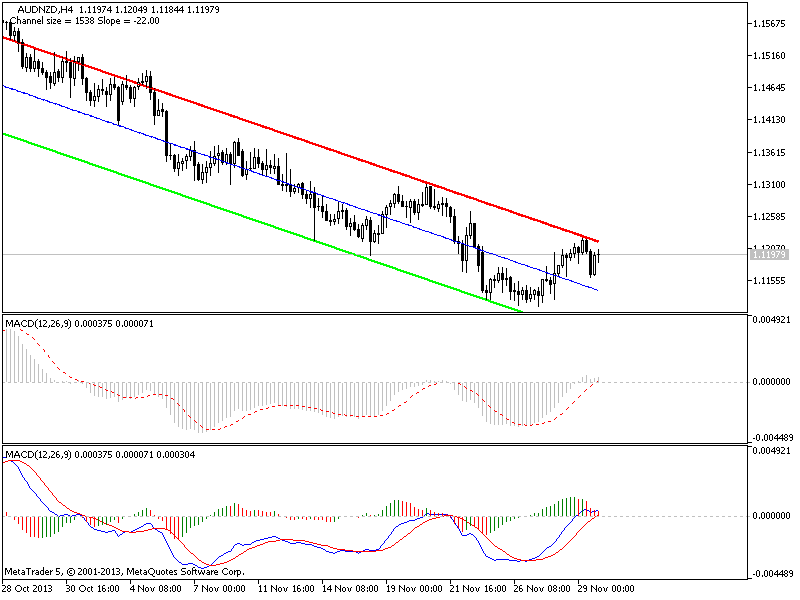



Bookmarks